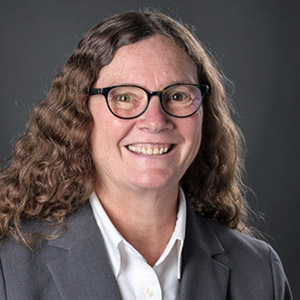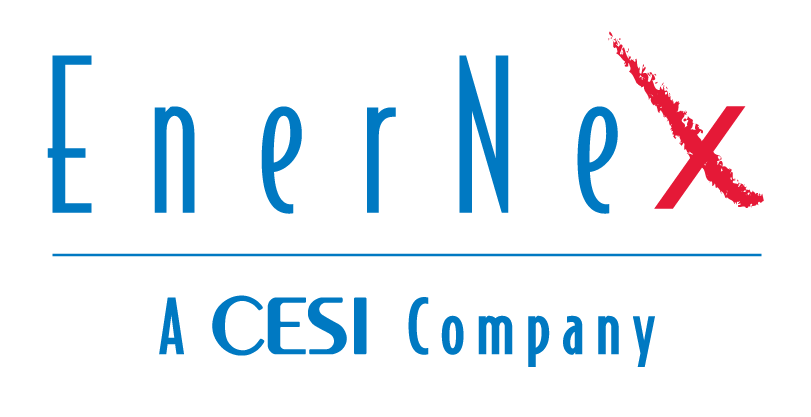What is the Best Way to Manage Distributed Energy Resources?
 Kay Stefferud
Kay Stefferud
kay@enernex.com
865-770-4867
Kay Stefferud, EnerNex Director of Implementation Services, is a TOGAF® 9 certified enterprise architect with over thirty-five years of experience in systems engineering, cyber security, architecture, program management, product development, renewable energy projects, commercial communications devices, software applications, real-time sensor systems, situational awareness and advanced energy resilient systems.
With the rapid increase in distributed solar generation particularly in Hawaii and California, the ability to control solar overproduction is clearly needed. The question that needs to be answered is which is more effective: direct near-real time control or pre-set controls to control solar production? And perhaps more importantly, do other viable options exist?
California’s Smart Inverter Working Group (SIWG) mandated the use of controllable communicating smart inverters for solar PV and energy storage connected to the grid, however, the required implementation dates have slipped repeatedly. The current deadline for California IOUs is that all connection requests made on or after January 22, 2020 must use smart inverters with Phase 2 communications and some advanced Phase 3 functions. SIWG Phase 2 communications provide direct communications from the utility to DERs or access through approved third-party aggregators.
Although not currently required, Phase 3 advanced features will be able to control solar overproduction locally without the need to communicate commands in near real-time. For example, frequency/watt mode would reduce inverter output when frequency is high, and volt/watt mode would reduce output when voltage is higher than 1.06% of nominal. The advanced Phase 3 requirement includes default settings that can be set prior to installation, thereby eliminating the need to communicate to the inverters in near real-time.
One concern with the requirement to communicate with smart inverters is the significant cybersecurity risks raised by communicating directly with smart inverters that in most cases already communicate to solar owners, solar installers, and others in a non-secure manner over the Internet. The SIWG tried to negate the cybersecurity risk by requiring use of IEEE 2030.5, a secure protocol. Although 2030.5 could be used for the entire communications path from utilities to the smart inverters, another option is to communicate with the utility with 2030.5 and to continue to use the native inverter communications that typically use unsecure protocols over the Internet. Further as the recent denial of service (DOS) attack against sPower’s solar and wind farms in Utah, secure protocols are not a 100% guaranteed method of preventing cybersecurity failures.
The landscape with which solar overproduction occurs is also undergoing change—with new solar PV and wind generation projects frequently now including energy storage. Thus, peak generation can and will be stored without impacting the grid. The stored energy could then be used over the entire day thus greatly reducing the ramp rates typically experienced in both mornings and late afternoons. Additionally, stored energy can be used to help smooth out intermittent generation profiles caused by rapidly changing irradiance conditions due to changing cloud cover.
With the increasing electrification of transportation, excessive energy can be used to charge electric vehicles during peak production times e.g. between the hours of 10 AM and 2 PM to take advantage of excessive solar generation, and at night to utilize wind and underutilized base load generation. In additional to electric vehicles, other loads that can be aligned with generation include agricultural, aqueduct and pool pumps, industrial processes and electric water heaters.
With effective monetary and regulatory incentives, excess renewable power can be utilized when it is generated. Demand can and should be aligned with the times when wind and solar energy is produced. Lacking a crystal ball, it is difficult to predict whether presetting smart inverters to autonomously prevent overproduction, or if communicating with smart inverters in real time will be necessary, or if instead aligning demand with variable generation will prove to be the optimal solution. Only time will tell if a dominant solution arises, but in the near-term other areas will surely learn from the implementation of California’s Phase 2 and 3 requirements.
EnerNex is uniquely qualified to assist you as our staff has decades of experience in grid management systems, cybersecurity, utility automation, and communications systems.


